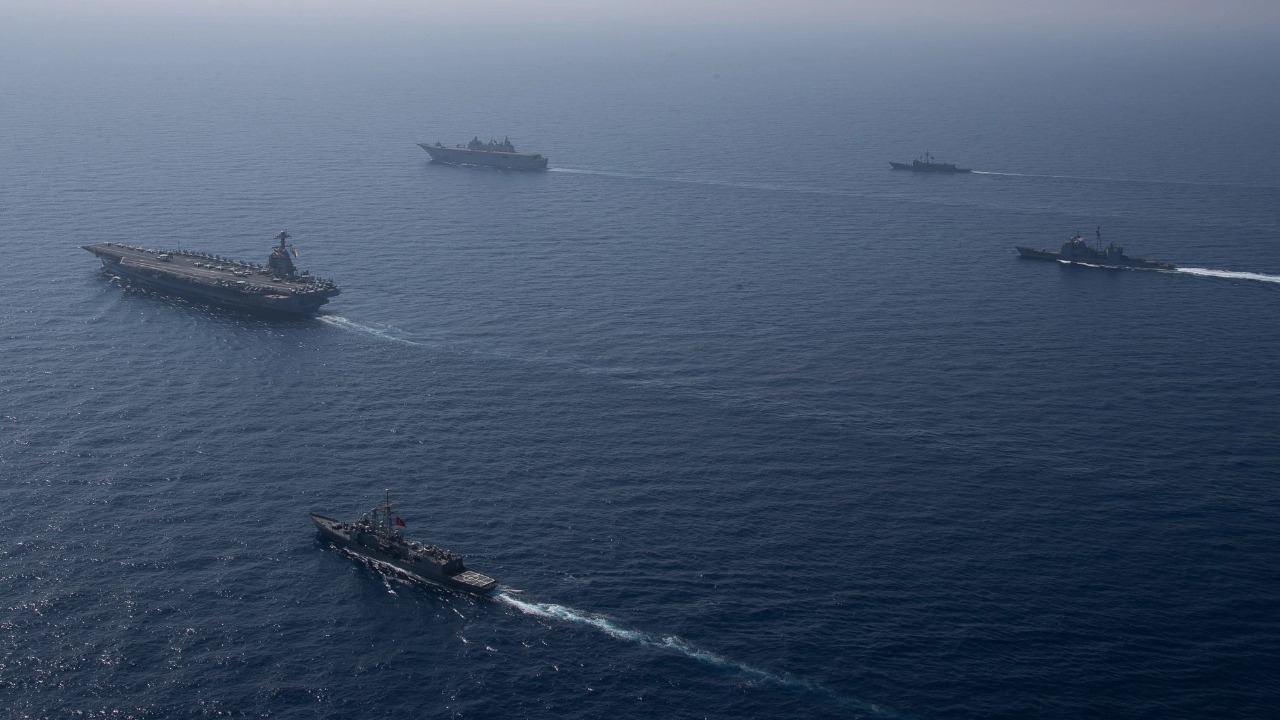
World War II was a period of intense innovation, particularly in naval warfare. Many technologies and strategies developed during this time have not only stood the test of time but continue to play a crucial role in modern naval operations. Let’s explore six key innovations from WWII that remain integral to today’s naval forces.
Aircraft Carriers
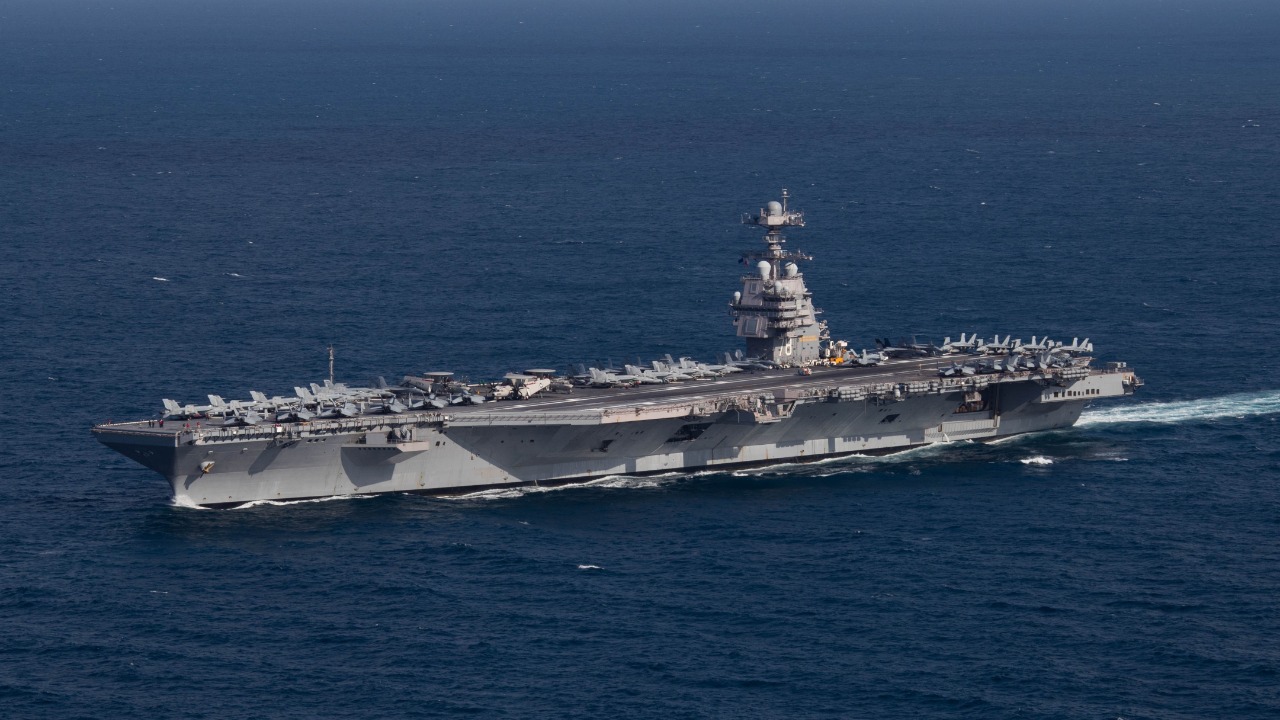
Aircraft carriers transformed naval warfare during WWII by allowing forces to project air power across vast oceanic distances. These floating airbases became the centerpiece of naval fleets, capable of launching aircraft for both offensive and defensive missions. Today, carriers like the USS Gerald R. Ford, the largest and most advanced in the U.S. Navy, continue to embody this strategic advantage. The ability to rapidly deploy air support remains a cornerstone of naval tactics, underscoring the enduring legacy of WWII-era carrier development.
Modern carriers benefit from technological advancements in propulsion and aircraft capabilities, but their core design principles remain rooted in WWII innovations. The ability to carry, launch, and recover aircraft at sea has made carriers indispensable tools in maintaining global maritime security and power projection.
Radar Technology

Radar technology emerged as a pivotal tool during WWII, revolutionizing how naval forces detected and tracked enemy movements. By using radio waves to detect objects at great distances, radar systems provided a tactical advantage in both offensive and defensive operations. Today, radar remains essential for navigation, targeting, and reconnaissance, with modern systems offering enhanced range and accuracy.
The development of radar during WWII laid the groundwork for its widespread application in both military and civilian contexts. From air traffic control to weather monitoring, the advancements in radar continue to impact various fields beyond naval warfare.
Sonar Systems

Sonar systems became vital during WWII for detecting submarines, a formidable threat during the conflict. By emitting sound waves underwater, sonar allowed naval forces to locate and track enemy submarines with greater precision. This technology remains critical in anti-submarine warfare today, with modern sonar systems providing even greater depth and accuracy.
Sonar’s evolution has expanded its utility beyond military use, aiding in scientific exploration and maritime navigation. The technology’s ability to map the ocean floor and identify underwater hazards demonstrates its lasting impact, stemming from its WWII origins.
Amphibious Assault Ships
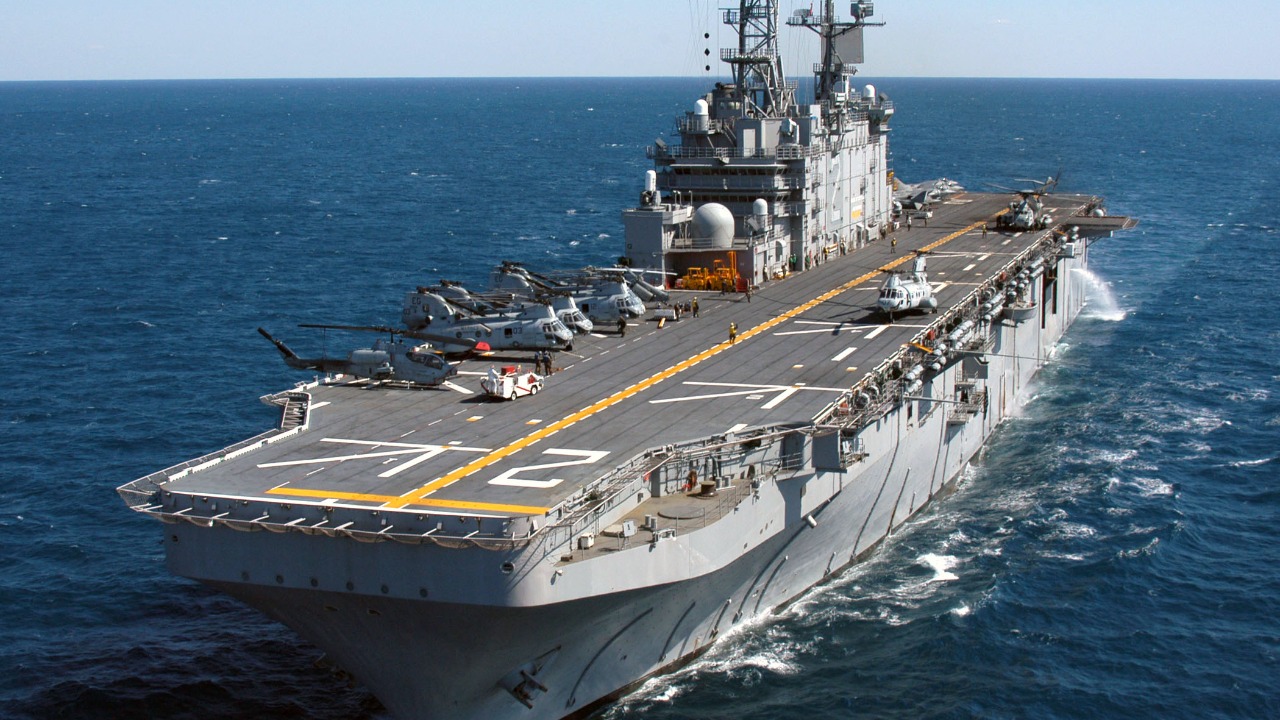
The need to land troops on hostile shores during WWII led to the development of amphibious assault ships. These vessels, capable of transporting and deploying troops and vehicles directly onto beaches, were instrumental in operations such as the D-Day landings. Modern amphibious ships continue to support rapid deployment of forces in diverse environments.
Today’s amphibious assault ships have evolved with advanced capabilities, but their WWII heritage is evident. Their ability to facilitate complex operations involving coordination between naval and ground forces remains a testament to their strategic importance.
Anti-Submarine Warfare Tactics
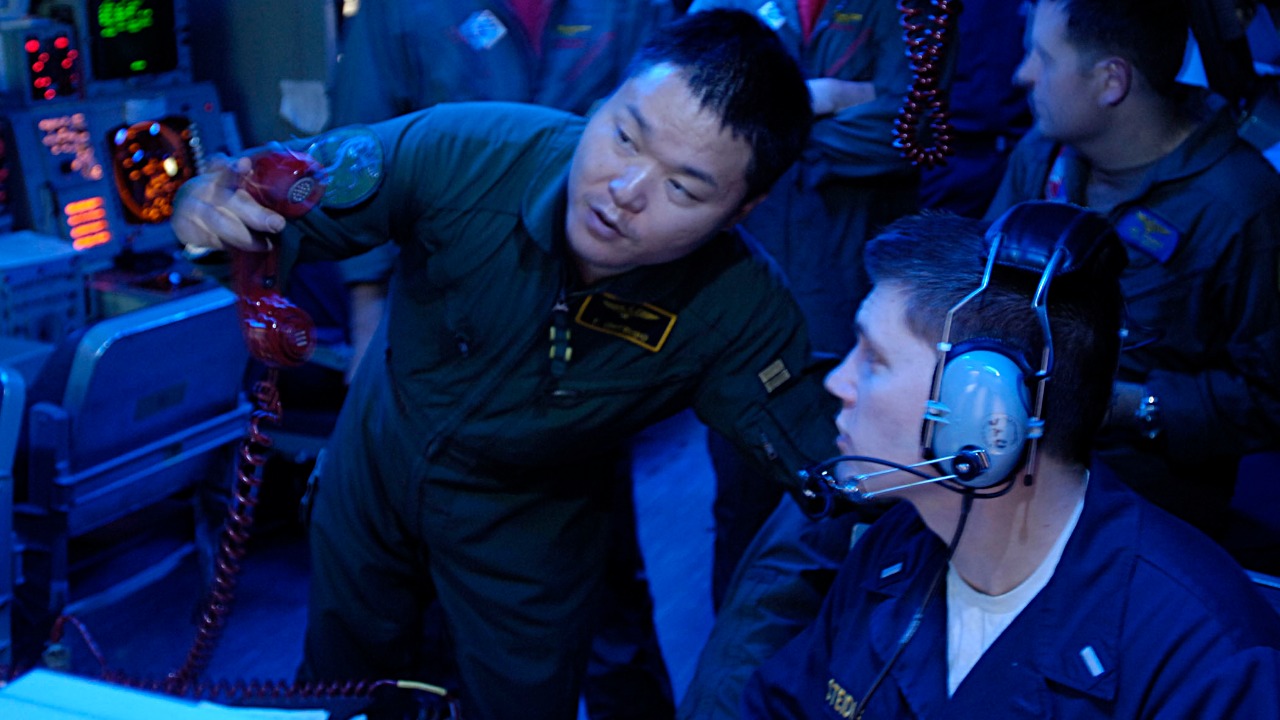
WWII saw the refinement of anti-submarine warfare (ASW) tactics, responding to the significant threat posed by enemy submarines. Techniques such as depth charge deployment and coordinated hunting groups were developed to counter this underwater menace. These tactics have evolved but still form the backbone of modern ASW operations.
Today, anti-submarine warfare incorporates sophisticated sonar, air support, and advanced munitions. However, the fundamentals of ASW tactics, established during WWII, continue to inform contemporary naval strategy. The ongoing threat of submarines ensures the relevance of these time-tested techniques.
Guided Missile Technology
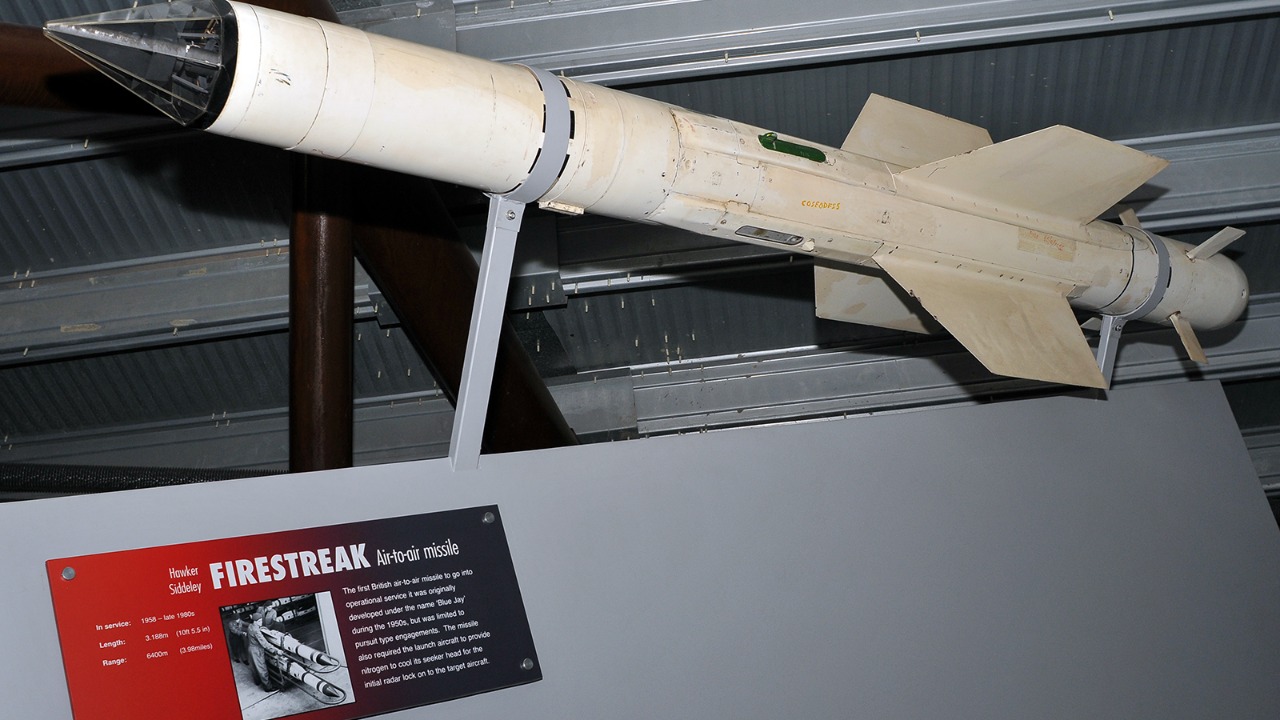
WWII marked the inception of guided missile technology, culminating in the development of weapons like the German V-2 rocket. This innovation laid the foundation for modern missile systems, which are now integral to naval arsenals worldwide. Guided missiles offer precision targeting and long-range strike capabilities, enhancing naval combat effectiveness.
Today, navies worldwide rely on guided missiles for both defense and power projection, with advancements in guidance systems and propulsion. The roots of this technology can be traced back to WWII, underscoring the conflict’s lasting impact on military innovation. For more insights on WWII technology still in use, explore this discussion.